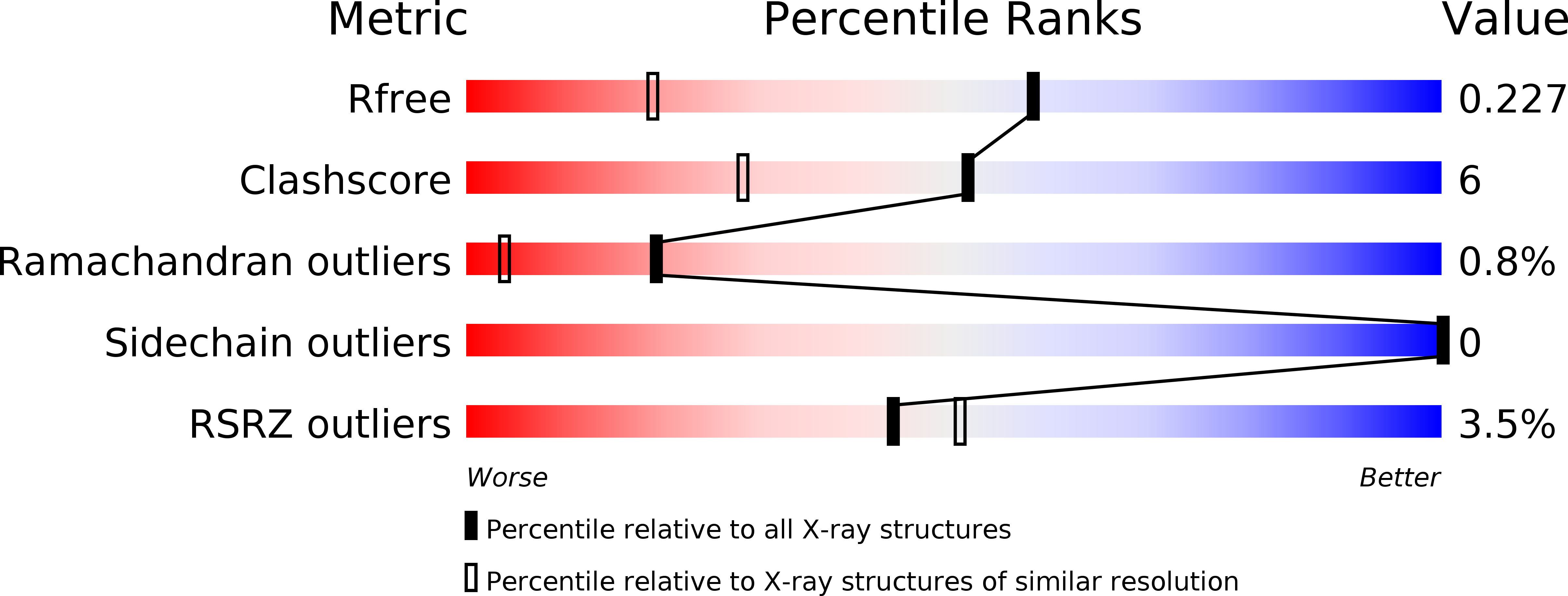
Deposition Date
2007-08-22
Release Date
2008-04-29
Last Version Date
2024-02-21
Entry Detail
PDB ID:
2R1J
Keywords:
Title:
Crystal Structure of the P22 c2 Repressor protein in complex with the synthetic operator 9T
Biological Source:
Source Organism:
Enterobacteria phage P22 (Taxon ID: 10754)
Host Organism:
Method Details:
Experimental Method:
Resolution:
1.53 Å
R-Value Free:
0.22
R-Value Work:
0.20
Space Group:
P 43


